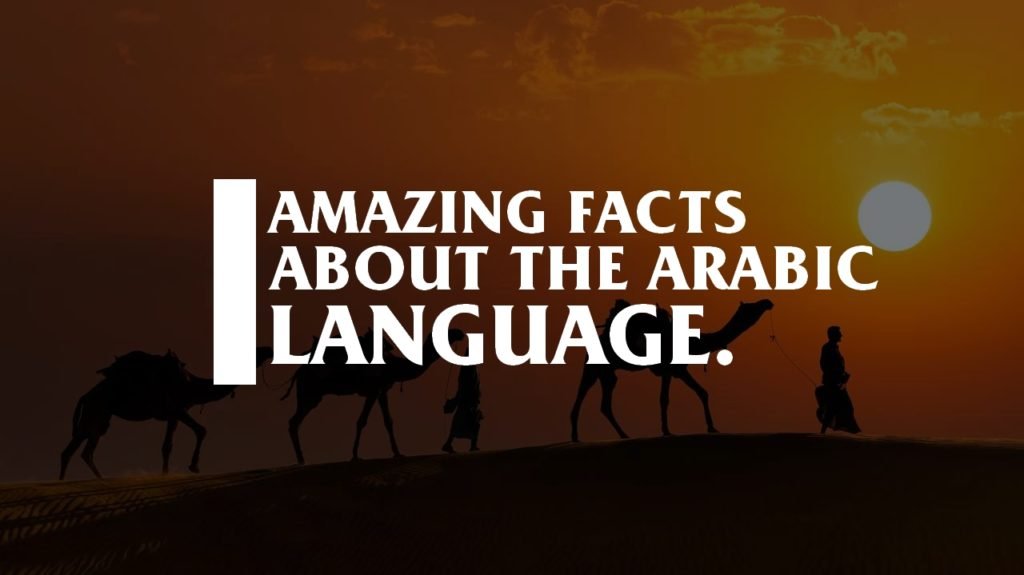While we have a solid idea of what the most popular languages spoken in different countries are, and probably a faint idea about the second most popular languages spoken in each country we certainly have no idea what the third most popular languages spoken in different countries are. To enlighten you on this subject, Budget Direct put together a very informative map with exquisite details that summarizes the third most spoken languages in each country.
1. Africa
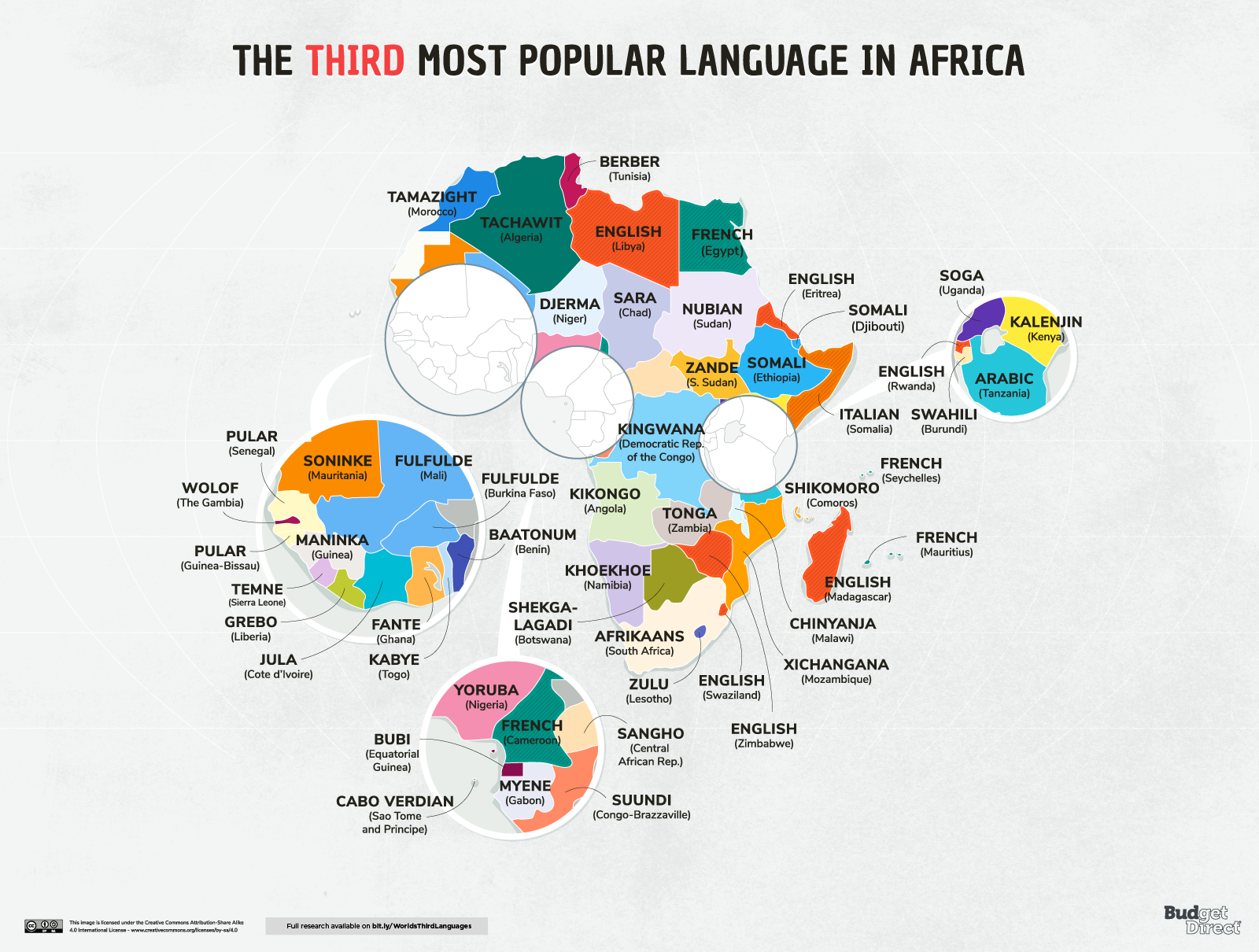
2. South America
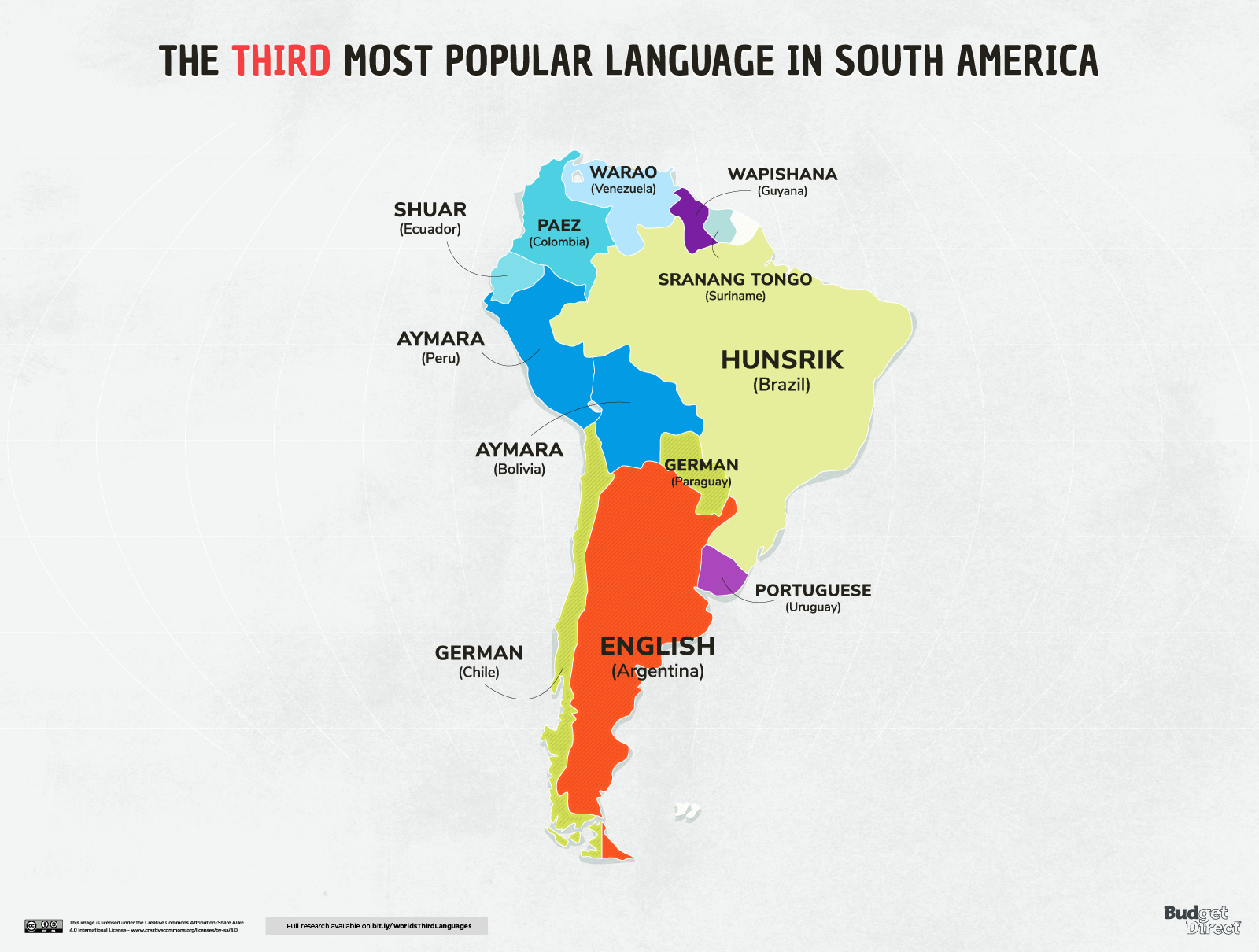
There is not a single place in the world that is purely monolingual, and this makes it a norm for people around the world to speak more than one language. Speaking more than one language has been found to have astounding benefits that make it worthwhile to learn other languages. It can enhance your personal and professional opportunities in tremendous ways. Knowing multiple languages can help you communicate with people from different cultures and countries, opening up new possibilities for friendships, business connections, and travel experiences. It can also boost your cognitive abilities and memory retention. Studies have shown that bilingual individuals have improved cognitive flexibility, problem-solving skills, and better memory retention compared to monolingual individuals. Speaking more than one language can also provide a sense of cultural understanding and empathy, allowing you to appreciate and respect different cultures. Not to mention that it gives you a competitive edge in the job market, as it is increasingly becoming a desirable skill for many employers.
3. Asia
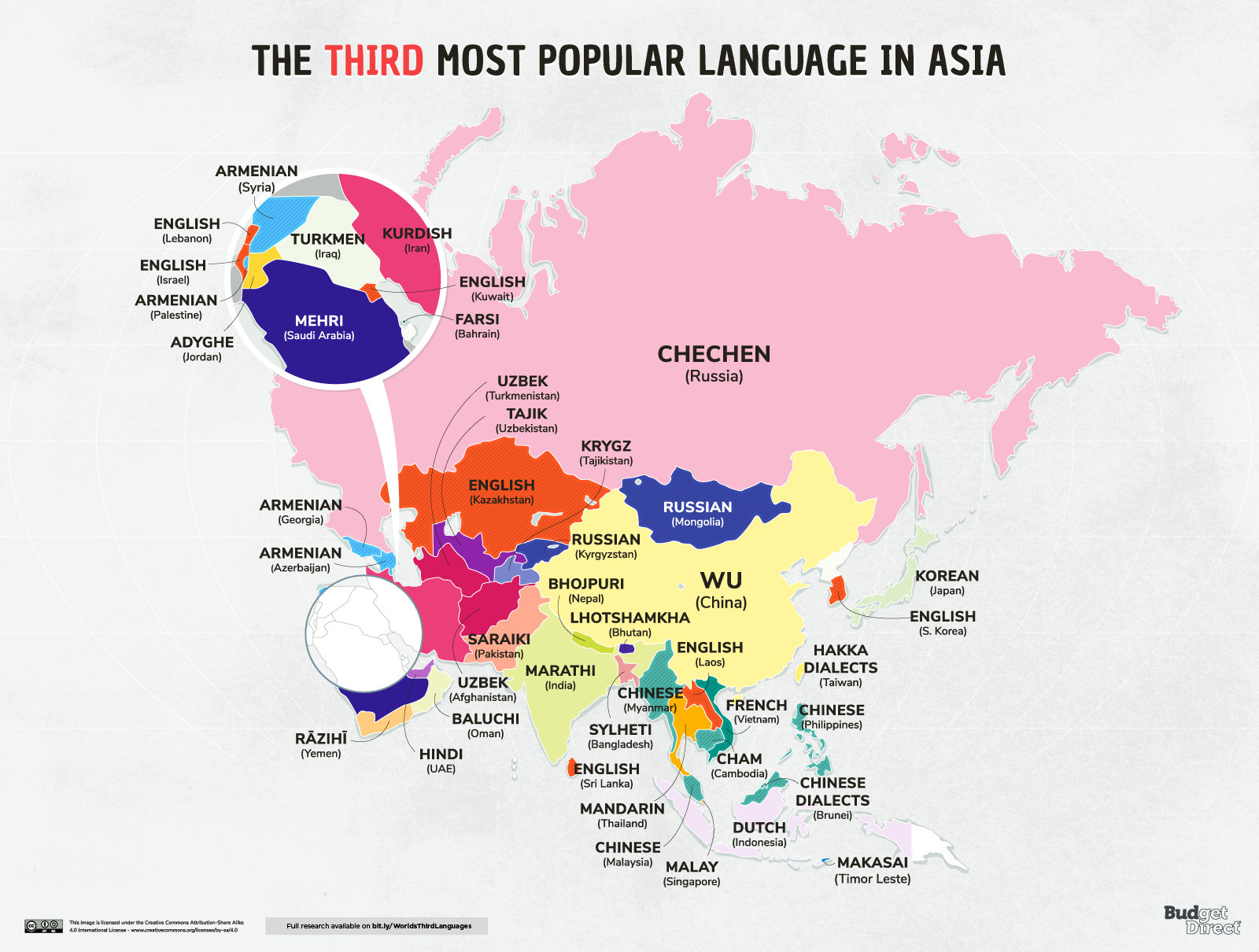
4. North America
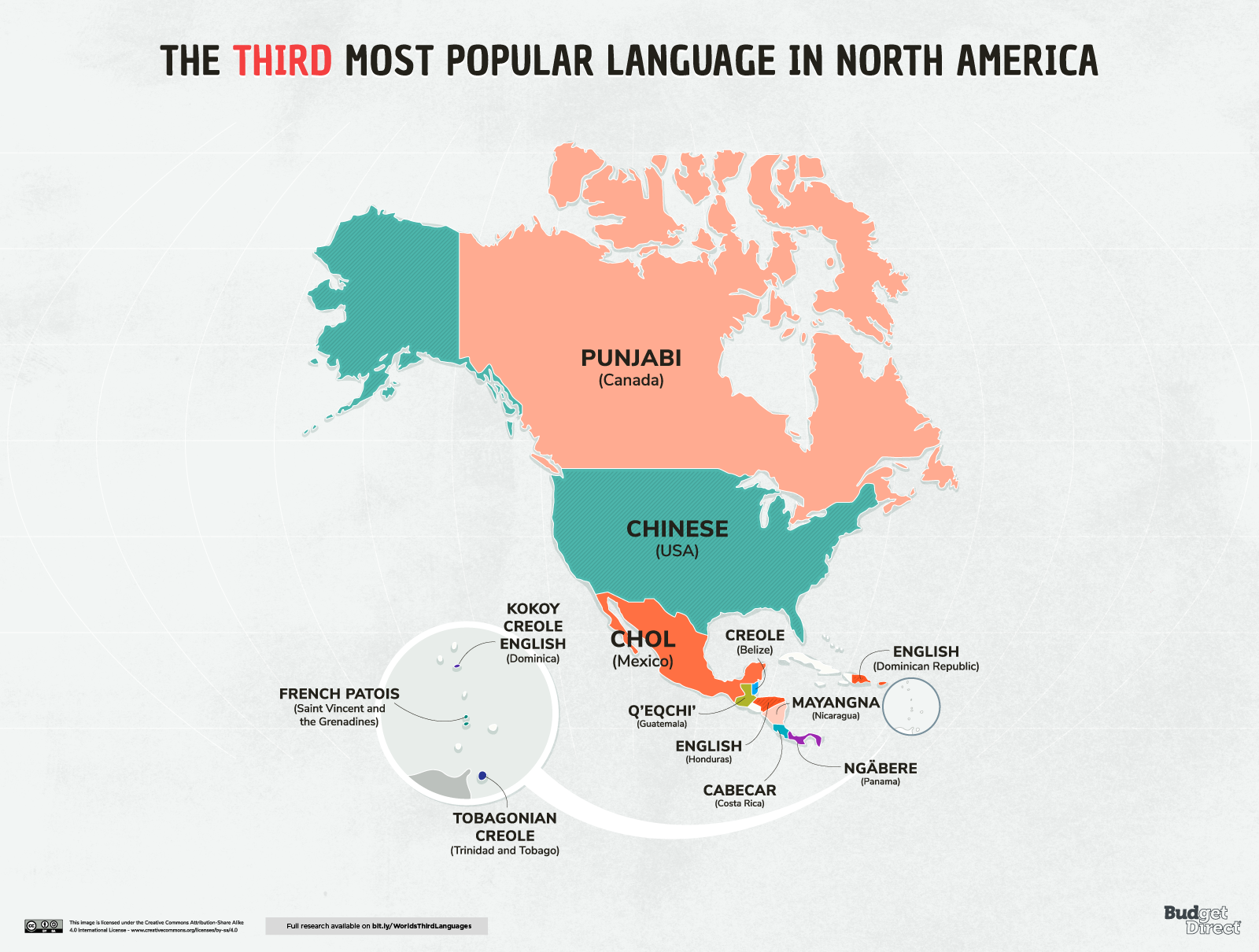
Many countries have multiple languages spoken within their borders due to their history of colonization, migration, or conquest. For example, countries like India, Canada, and South Africa have multiple languages spoken due to their colonial past. Other countries speak multiple languages due to geographical factors. Countries with diverse geographies, such as mountains, valleys, and coastal regions, often have multiple languages spoken within their borders. This is because different regions may have different ethnic groups with distinct languages. Some countries have multiple official languages due to political agreements or policies aimed at recognizing and protecting linguistic diversity. A prime example of this is Belgium, which has three official languages: French, Dutch, and German.
5. Europe

6. Oceania
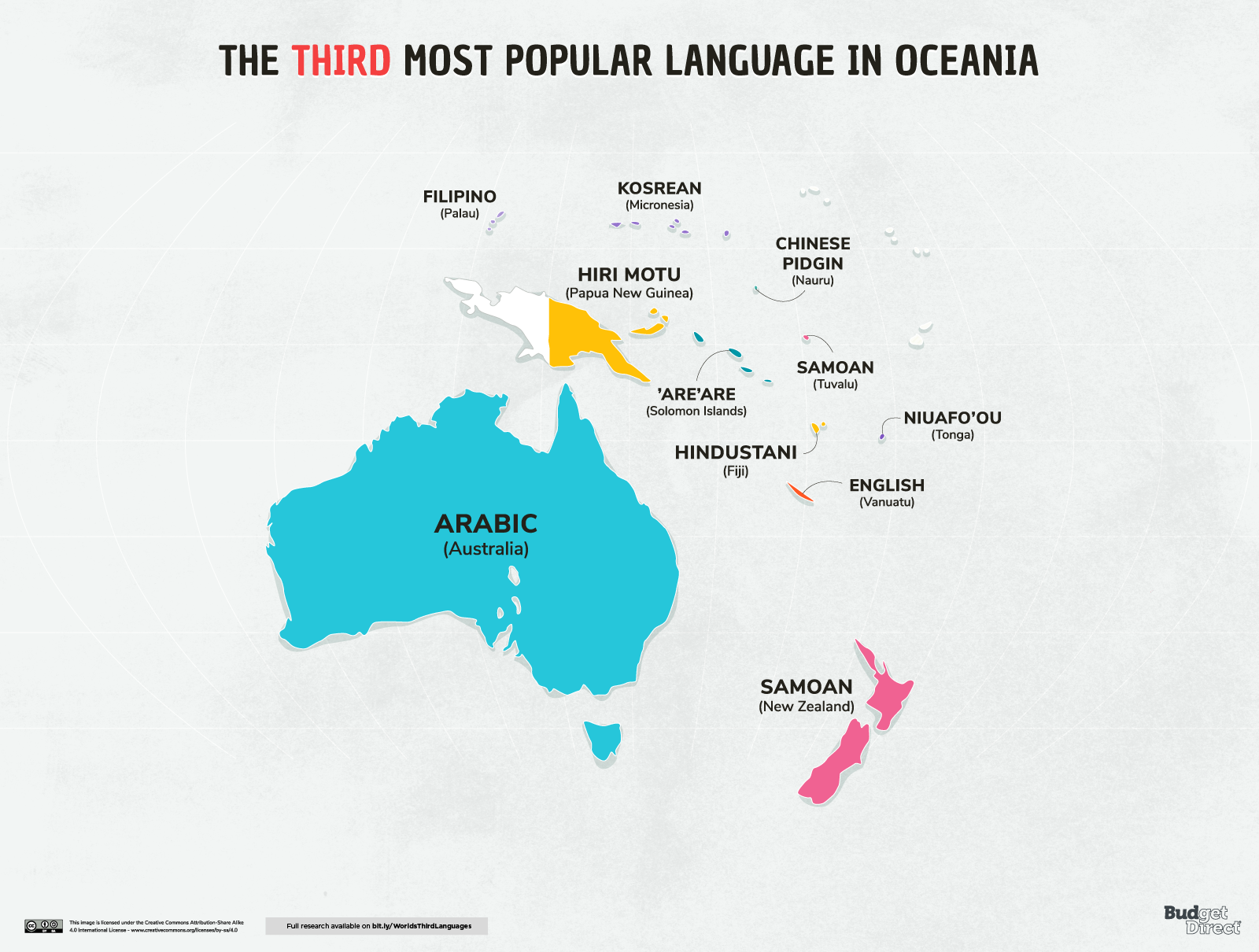
7. World




